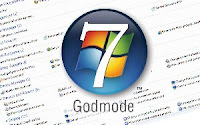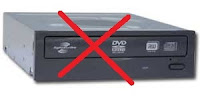
Nexus X, Nexus 4, Nexus 7, Nexus 10...what are all these about? What are
Nexus devices?
Well, as i'm sure you know by now (
from maybe reading my blog...smile) the Android operating system which powers
some of the coolest smart mobile devices on this planet is developed by Google. Now Android is open source which, to quote
Wikipedia "
...allows the software to be freely modified and distributed by device manufacturers, wireless carriers and enthusiast developers."
It is mainly this open source nature of Android (
with a few other minor things) that has made it the mobile OS of choice for manufactures and persons alike who want the ability to completely customize or modify the OS without having to worry about breaking any laws (
to a certain extent), but this great attribute of Google's Android is also one of it's major flaws. How so you ask?
It's all quite simple really. The more the various device manufacturers and mobile carriers change the OS to suit themselves by adding custom user interfaces, blocking certain features etc. the more the OS moves away from being what its developer, Google, had created in it's purest form - this is where Nexus comes in.
The
Collins English Dictionary defines the word Nexus as "
a means of connection between members of a group or things in a series" and this is exactly what Google had in mind when they decided to give their line of mobile devices the Nexus name (
apart from it sounding futuristic and really cool).
You should know that Nexus devices are not made wholly by Google, instead Google works along with an original equipment manufacturer (OEM) partner (
so far they've used HTC, Samsung, Asus & LG). The result is a device that offers the Android OS in it's purest form to consumers - just the way it was developed by Google, bridging the gap between the original and the various
flavors available.
Nexus devices tend to be buttery smooth in handling the OS, free from manufacturer and mobile carriers bloatware and are the first in line for future updates of Android straight from Google.
So far there have been
four (4) Nexus smartphones (
The Nexus One, Nexus S, Galaxy Nexus or Nexus X and the latest - the Nexus 4) and
two (2) Nexus tablets (
The Nexus 7 which has a 7-inch screen and the Nexus 10 with a 10-inch screen).








































